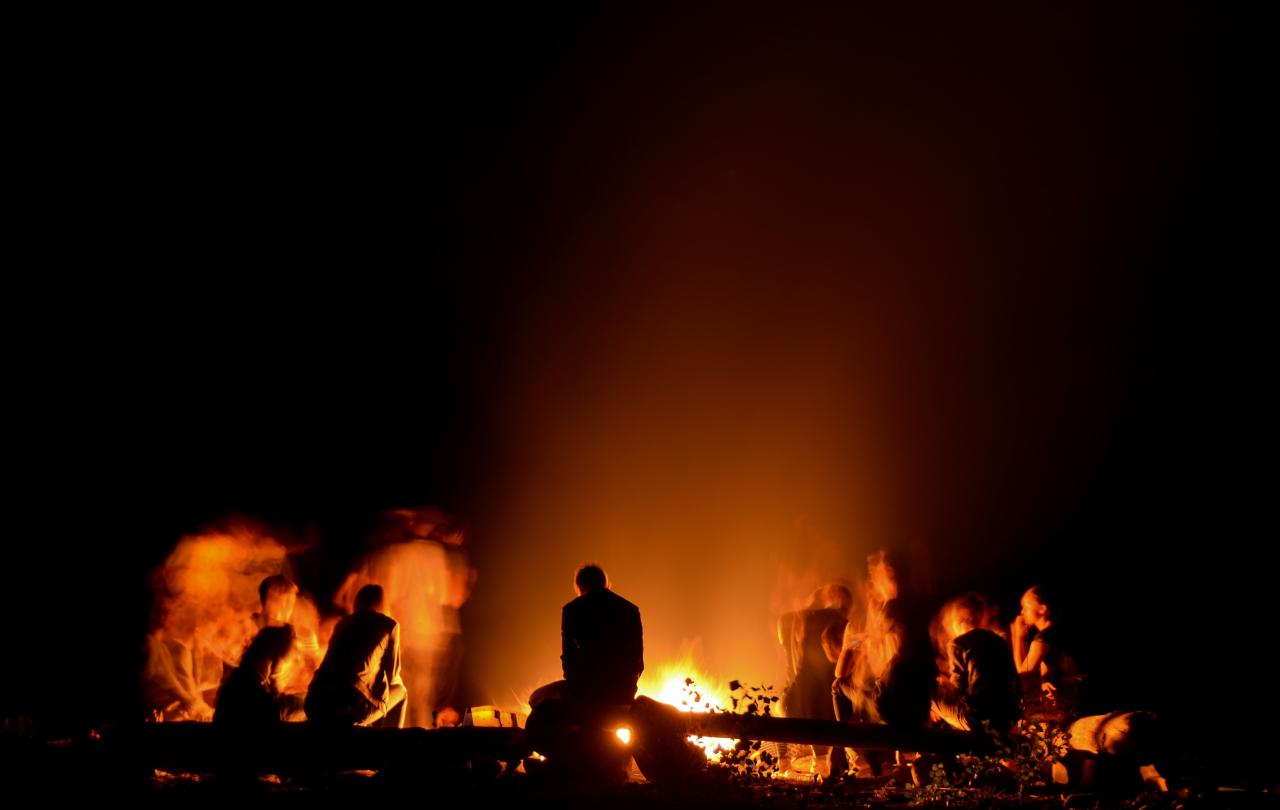Podcast
Attention
War & peace
Weirdness
1 min read

Kristen Stewart and Robert Pattinson in Twilight.
Lionsgate.
Listen now
In this episode, Ryan Stark points out some of the pitfalls in dating a vampire; Jack Nicholson pays beautiful tribute to W.H. Auden's poetry and its ability to give us words for current world trauma; and Jack Chisnall cracks the puzzle of our love of puzzles in his article about BBC's drama, Ludwig.





